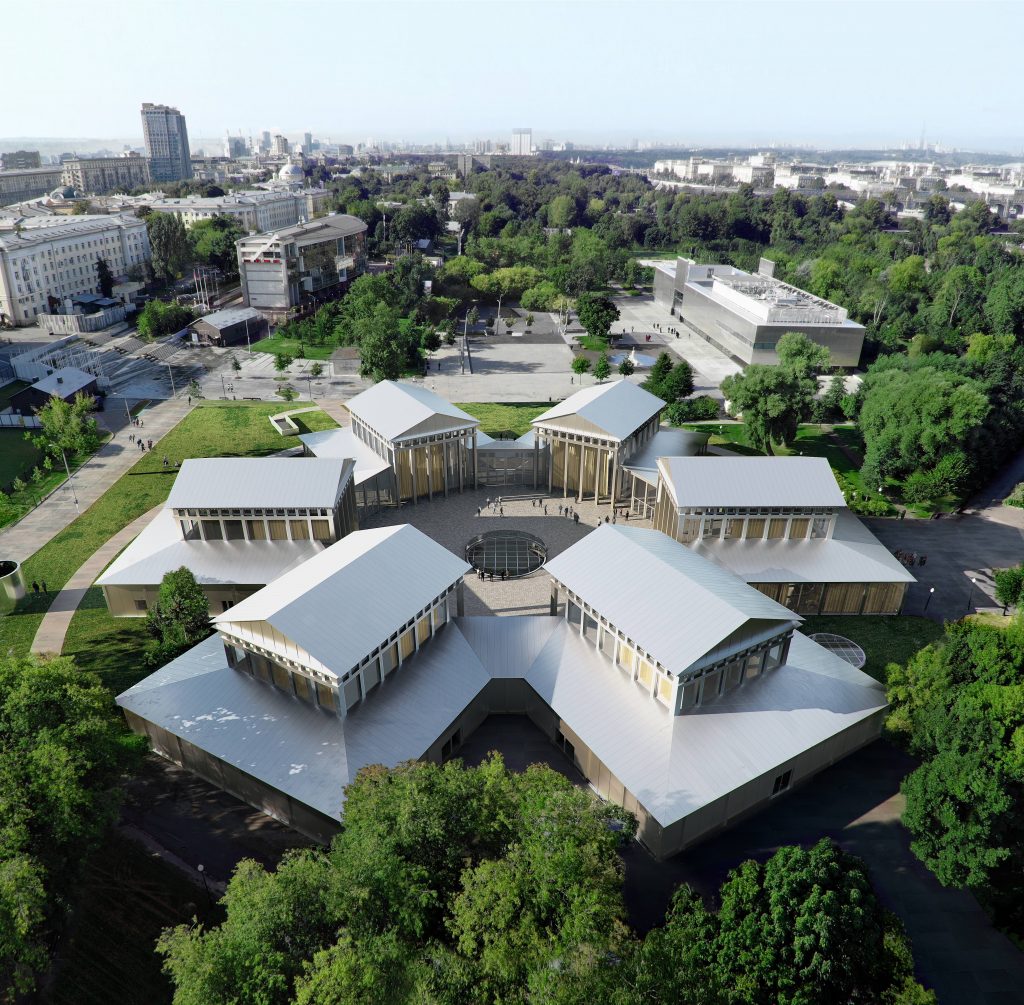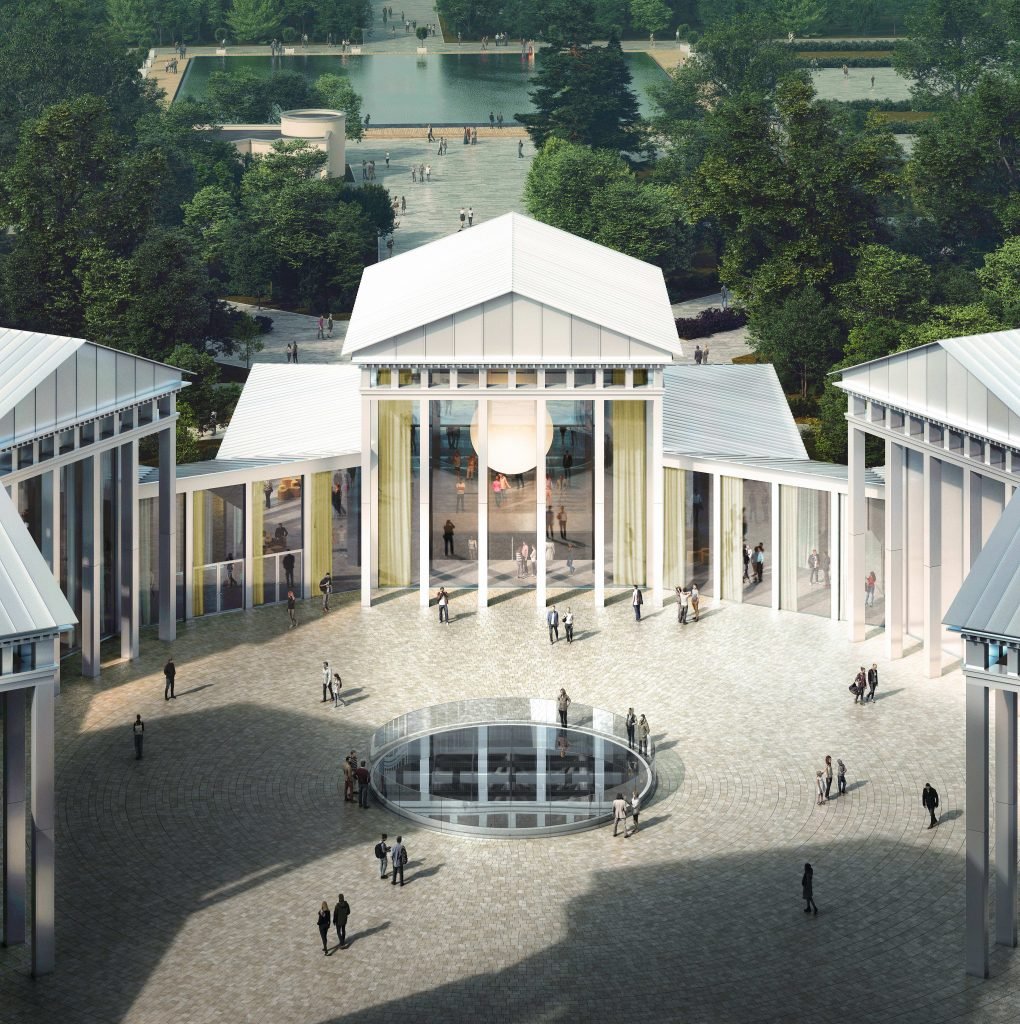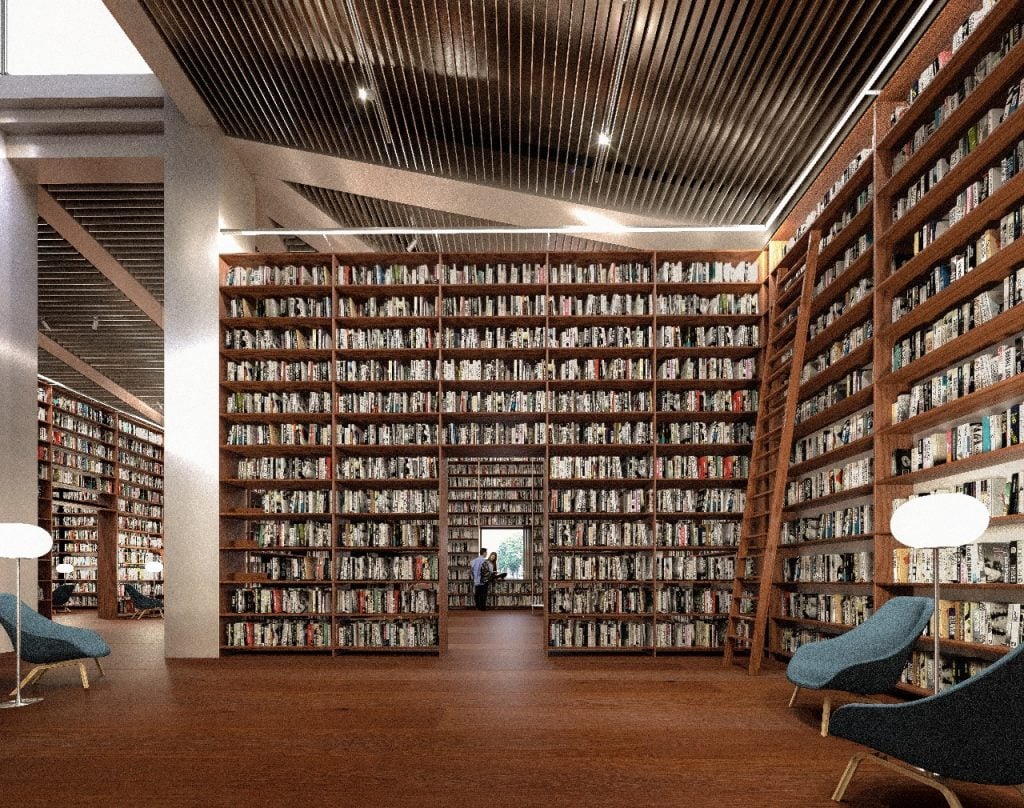Museums & Institutions
Moscow’s Garage Museum Will Expand Into a 100-Year-Old Abandoned Exhibition Pavilion in Gorky Park
The historic building, to be redesigned by Japanese architects SANAA, will include new facilities and gallery space.

The historic building, to be redesigned by Japanese architects SANAA, will include new facilities and gallery space.

Amah-Rose Abrams

The Garage Museum of Contemporary Art in Moscow has announced it will expand into the Hexagon pavilion in Gorky Park, which will be renovated by the Japanese architecture firm SANAA. The refurb of the historic building, originally designed a century ago as an exhibition hall by Russian architect Ivan Zholtovsky, will create more gallery and public space for the institution, founded by collectors Dasha Zhukova and Roman Abramovich in 2008.
Garage first opened in the former Bakhmetevsky Bus Garage, which was redesigned by Dutch architect Rem Koolhaas’s firm OMA. Since 2015, it has been housed in the former Vremena Goda restaurant, a Soviet Modernist building also renovated by OMA. The Hexagon was constructed to serve as the Machines and Tools (Mechanization) Pavilion at the First All-Russian Agricultural and Handicraft Industries Exhibition in 1923. After that, it was turned into a café, restaurant, and a discotheque, until it was eventually abandoned and, after a number of fires, left to ruin.
“The Hexagon, originally designed by legendary Russian architect Ivan Zholtovsky, will be revived by SANAA’s thoughtful and sensitive design, allowing Garage to ground itself in Russian history while expanding into the current global conversation,” Zhukova said in a statement. “We want to ensure that our building reflects our ongoing inquiry into the function, purpose, and responsibility of the modern-day museum.”

A rendering of the redesign of the Hexagon pavilion, showing the internal courtyard. Courtesy SANAA/Garage Museum of Contemporary Art.
SANNA, winners of the 2010 Pritzker Architecture Prize, have redesigned the site to unify the pavilion’s buildings, maximizing the light that comes into the 9,500-square-meter space. Inside there will be three exhibition galleries, a library, a café and a bookshop, plus a courtyard with public access.
“The scale, geometry, and proportions of the original building are very impressive and beautiful,” SANAA’s lead architects, Kazuyo Sejima and Ryue Nishizawa, told Artnet News. “Its composition and organization are clear, so the building appears like a classical building but also feels very modern. We wanted to find a way to respect this original design while finding a new way for the people to use this new public building.”

A rendering of the redesigned interior of the Hexagon pavilion. Courtesy SANAA/Garage Museum of Contemporary Art.
“One important theme was transparency,” Sejma and Nashzawa added. “With fluid visual and physical connections, not only between the pavilions and courtyard, but also to the surrounding park, different activities can be seen across pavilions and from the park to raise interest and welcome new visitors.”
Garage intends to use the expansion to incorporate more interdisciplinary practices into its program, including performance. as well as curatorial investigation and research. A timeline for the construction has not been revealed, however.
“With each of its buildings, Garage has opened a new chapter in its program of reviewing and repurposing architectural heritage and, in the end, returning it to the contemporary context,” said Anton Belov, the museum’s director.